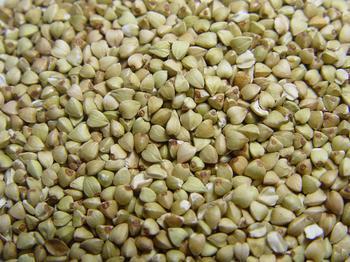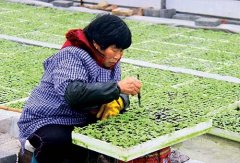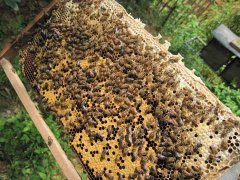What are the nutritional value and efficacy of buckwheat? Buckwheat is suitable for who to eat.
Buckwheat is a kind of grain that we all know. We often eat it. Do you know what its nutritional value is?

Buckwheat is highly nutritious and is one of the best cereal crops. It contains 19 amino acids and vitamins and beneficial minerals, as well as chlorophyll, niacin and rutin, which are rarely found in other cereals. Nutrients such as vitamin E, zinc, chromium and dietary fiber in buckwheat are beneficial to control blood sugar, and buckwheat has a low glycemic index. Clinical observation found that after the use of buckwheat in patients with diabetes, blood sugar and urine sugar decreased in varying degrees, and many mild patients can control the disease by simply eating buckwheat.
Chenopodium is a whole grain nutritious and completely protein alkaline food. The endosperm accounts for 68% of the seeds and has nutritional activity. The protein content is as high as 16% 22% (beef 20%). The quality is similar to that of milk powder and meat, and is rich in a variety of amino acids. Among them, there are all 9 essential amino acids necessary for human body, which are appropriate and easy to absorb, especially rich in lysine, which is lacking in plants. Calcium, magnesium, phosphorus, potassium, iron, zinc, selenium, manganese, copper and other minerals are high in nutrients, rich in unsaturated fatty acids, flavonoids, B vitamins and vitamin E, choline, betaine, folic acid, α-linolenic acid, β-glucan and other beneficial compounds. Dietary cellulose content is up to 7.1%, cholesterol is 0, gluten-free, low fat, low calorie (305kcal/100g), low sugar (GI sugar value 35) The standard of low sugar is 55), which is almost always the best of the common foods.
The general population is edible and suitable for all groups, especially for chronic diseases such as hyperglycemia, hypertension, hyperlipidemia, heart disease, as well as special physique and irregular life, such as infants, pregnant women, children, students, the elderly and so on.
- Prev

Tobacco growing techniques: how long has tobacco been grown? Tobacco seedbed management
Tobacco is widely grown in our country. Do you want to grow tobacco? Want to know how tobacco is grown? Tobacco seedling: tobacco seeds are very small, from sowing to seedling growth period, easily affected by environmental damage, so seedlings should be set up
- Next

Beekeeping and beekeeping techniques, what are the insect pests of bees?
Bee breeding should also pay attention to the harm of insect pests. The pests of honeybees include bees, bee lice flies and wax moths that harm the wax of the nest. The enemies of bees include toads, spiders, tiger-headed bees and so on. Let's take a look at it. Toads: toads are mostly in summer
Related
- A one-day flower show brings 130 million yuan in orders! Nanhai, this Phalaenopsis exhibition is amazing
- What do the flower language and meaning of Lutheran tree mean? Precautions for planting Lutheran tree
- Encounter Chaoshan Kongfu tea, not without this cup of Phoenix single clump
- The durian market in Vietnam and Thailand is flooded. The price of imported durian has plummeted by 30-40% in a month.
- Shanghai solved the problem of local vegetable supply by planting 80,000 mu of green leafy vegetables.
- Wageningen University has become the best agricultural university in the world for the seventh time in a row.
- The strongest export season of South African grapes is full of challenges, with exports to Russia falling sharply by 21%.
- Sri Lanka is on the verge of bankruptcy, "Tea for debt" Organic Agriculture Revolution aggravates the Food crisis?
- Turning waste into earthworm manure and worm manure into organic fertilizer-A new choice for auxiliary farming
- Organic rice growers shoulder the responsibility of nurturing agricultural talents! Yinchuan Sustainable Farm with Organic Life Camp

